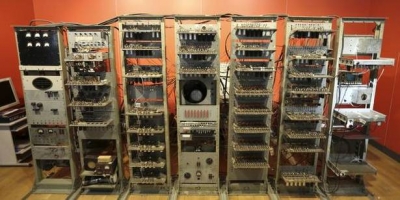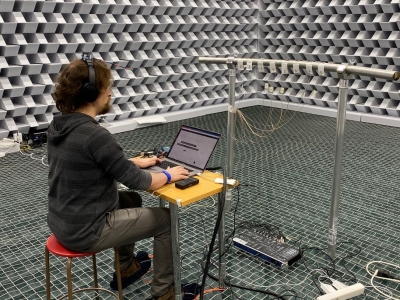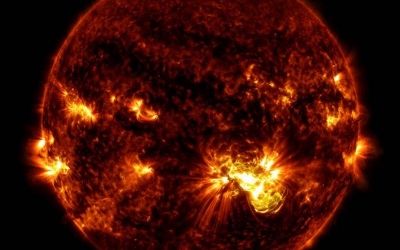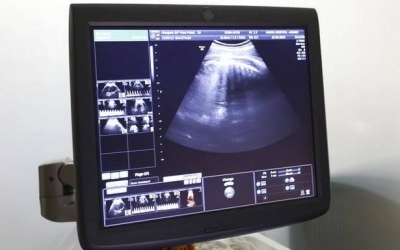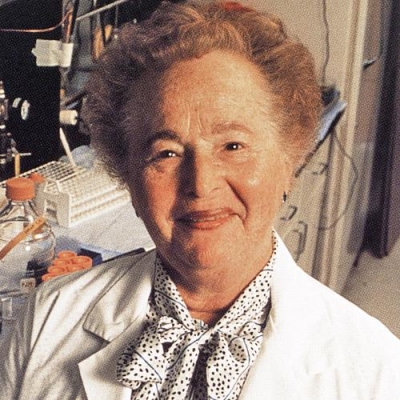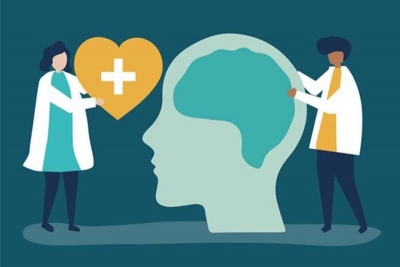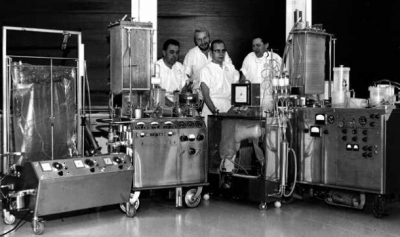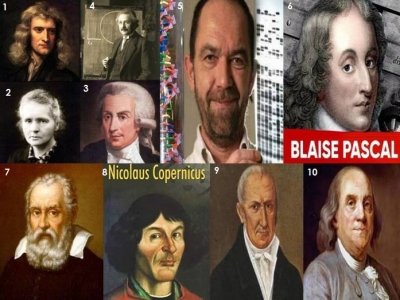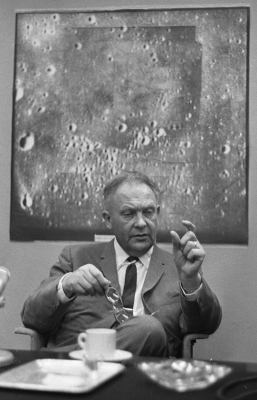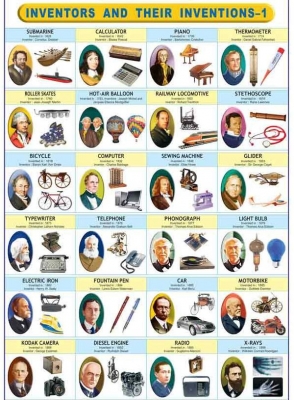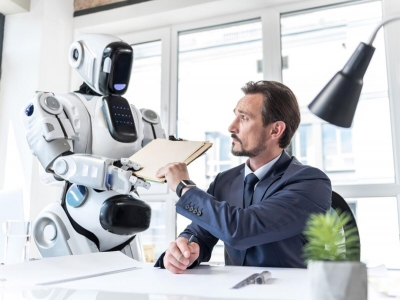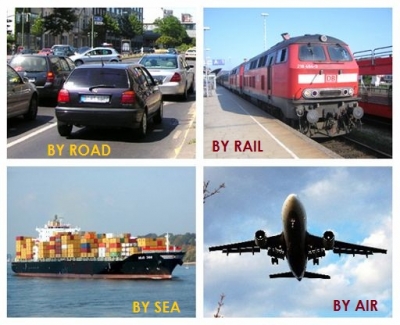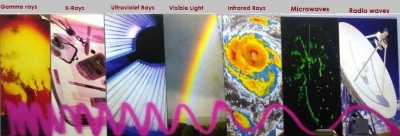Orbiting and landing on an asteroid
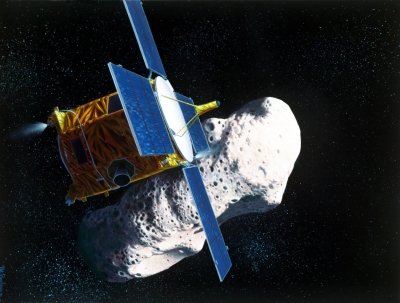
Asteroids, also known as minor planets, are small, rocky bodies that have been left over from the formation of planets about 4.5 billion years ago. Billions of such rocks exist in the solar system, with the majority of them concentrated in a doughnut-shaped main belt of asteroids between the planets Mars and Jupiter.
It has been in our interest to study these minor planets. As remnants from the planet forming process, they can not only be viewed as building blocks of planets, but could also possibly hold clues explaining the evolution of Earth.
Simultaneous discovery
The Near Earth Asteroid Rendezvous (NEAR), later renamed NEAR Shoemaker, was a low-cost mission and the first to be flown under NASA's Discovery programme. Its target was the minor planet 433 Eros, which is approximately 355 million km from Earth, and it intended to gather information about its physical properties and composition, among others.
Eros was discovered by German astronomer Carl Gustav Witt on August 13, 1898, and by French astronomer Auguste Charlois independently on the same day. Breaking with the tradition of the time, it was given a male name Eros - the son of Mercury and Venus. Within weeks from its discovery, it was computed that Eros orbit brought it inside the orbit of Mars, making it the first near Earth asteroid to be discovered.
Mathilde flyby
Launched on February 17, 1996, NEAR was the first spacecraft to rely on solar cells for power for its operations beyond Mars orbit. Even though its primary objective was studying Eros, NEAR performed a 25-minute flyby of the asteroid 253 Mathilde on June 27, 1997.
NEAR's closest approach to Mathilde brought it within 1,200 km of the minor planet. From this distance, it was able to photograph 60% of the asteroid and gather data that indicated that the asteroid is covered with craters and less dense than previously believed.
Using a gravity assist during an Earth flyby encounter, NEAR headed next towards Eros. An aborted engine, however, meant that the spacecraft had to be stabilised and the initial planned trajectory to Eros had to be sidelined.
The backup trajectory that was then used put NEAR on a far longer path towards Eros. This meant that rather than entering orbit around Eros in January 1999, NEAR had to be content for the time being with a flyby of Eros on December 23, 1998. It turned out to be useful though as NEAR was able to observe 60% of the minor planet and discover that the asteroid was smaller than what was expected.
A love affair
Orbital insertion, however, wasn't yet out of the question and several efforts, including more course corrections, were under way to make another attempt in the following years. On February 14, 2000 - Valentine's Day-NEAR finally entered into orbit around Eros, an asteroid named after the god of love in Greek mythology. NEAR thus became the first human-made object to orbit any minor planet.
A month after entering into orbit, on March 14, 2000, NEAR was renamed NEAR Shoemaker by NASA in honour of planetary scientist and geologist Eugene Shoemaker. Shoemaker, who had died in an accident in 1997, was a pioneer in studying asteroid impacts.
Orbiter turns lander
In the months that followed. NEAR was able to orbit Eros many times and its operational orbit kept changing, allowing it to get closer to the asteroid than what was previously thought possible. Even though it was built as an orbiter, it went on to survive a landing on February 12. 2001, making it the first spacecraft to land on an asteroid
NEAR kept sending invaluable data until its last contact on February 28, 2001, when it succumbed to the extreme cold conditions on the surface of Eros. A further attempt by NASA to contact NEAR in December 2002 failed.
The photographs and information returned by NEAR Shoemaker not only helped map more than 70% of the minor planet's surface and provide data about its interior, but also showed that Eros had no magnetic field. Having relayed about 10 times more data than initially planned, including 1,60,000 images, NEAR's mission proved to be a tremendous success.
Picture Credit : Google
